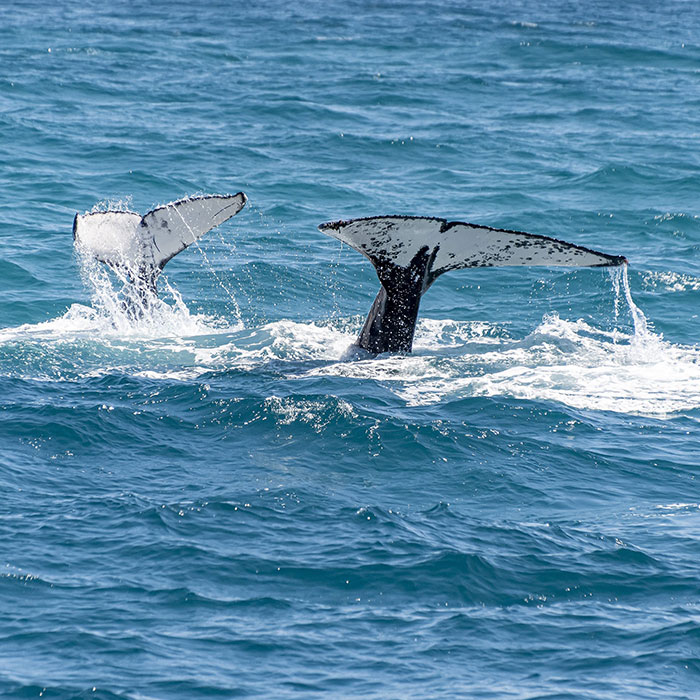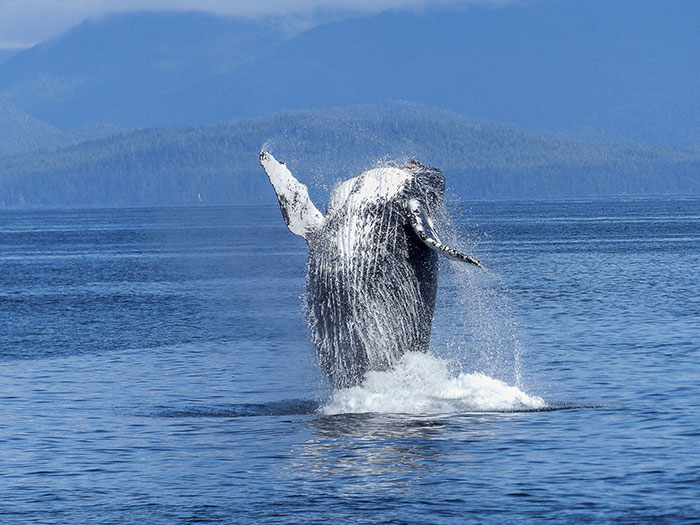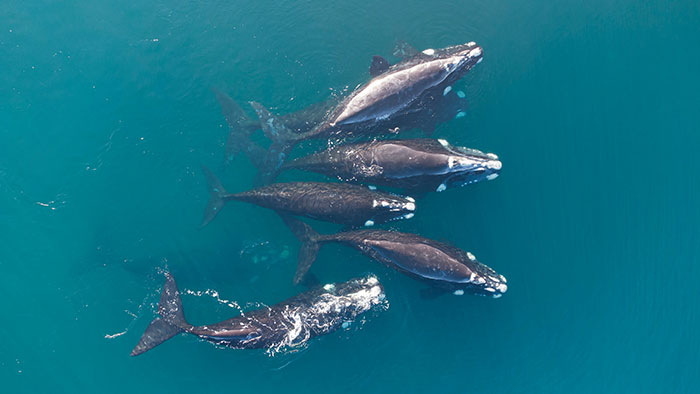Exploring Interspecies Dialogue: A Milestone in Understanding Whale Communication and Its Implications for Extraterrestrial Contact
In a groundbreaking collaboration, marine biologists and extraterrestrial researchers have achieved what was once thought to be the realm of science fiction: they’ve communicated with a humpback whale using its own language. This remarkable feat, documented in a recent study in the scientific journal PeerJ, represents a fusion of expertise from various fields, including marine biology, veterinary science, and the search for extraterrestrial intelligence.




The team, comprising specialists from the University of California, Davis, the Alaska Whale Foundation, and the SETI Institute, embarked on a unique mission off the Alaskan coast. Their objective was to interact with a humpback whale named Twain using a series of specific whale sounds known as “contact calls.” These calls, akin to human greetings, are used by whales to signal their presence to others.
During the expedition, the scientists used a boat to emit a sequence of these calls into the ocean. To their amazement, Twain, a humpback whale, approached the vessel and engaged with the team for an uninterrupted 20 minutes. This interaction was marked by a series of call-and-response exchanges, where Twain consistently matched the intervals between the scientists’ calls.
The researchers noted that Twain’s response patterns suggested a deliberate and intelligent engagement in the communication process. The significance of this interaction goes beyond marine biology, as it also offers insights into the field of extraterrestrial intelligence research. The scientists postulate that understanding inter-species communication on Earth can provide valuable clues about how intelligent life forms from other parts of the universe might attempt to communicate with humans.
The humpback whale, known for its advanced cognitive abilities, complex social structures, and intricate communication methods, presents an ideal subject for this kind of research. The team’s success in engaging with Twain using her own ‘language’ is seen as a potential model for future attempts to interact with intelligent life beyond Earth.
This research also underscores the importance of ethical considerations in wildlife interaction, as the scientists conducted their study under strict regulatory guidelines to ensure the well-being of the whale. Their work not only contributes to our understanding of marine life but also broadens the scope of SETI’s mission in the search for extraterrestrial intelligence.
The project’s findings have implications for the development of new technologies and methods in both marine biology and the search for intelligent life in the cosmos. By exploring the complexities of communication among Earth’s species, the team hopes to refine their approaches to detecting and interpreting potential signals from extraterrestrial beings.
In essence, this pioneering study has opened a new chapter in our understanding of interspecies communication and set the stage for future explorations into the vast and uncharted territories of both our oceans and the universe.